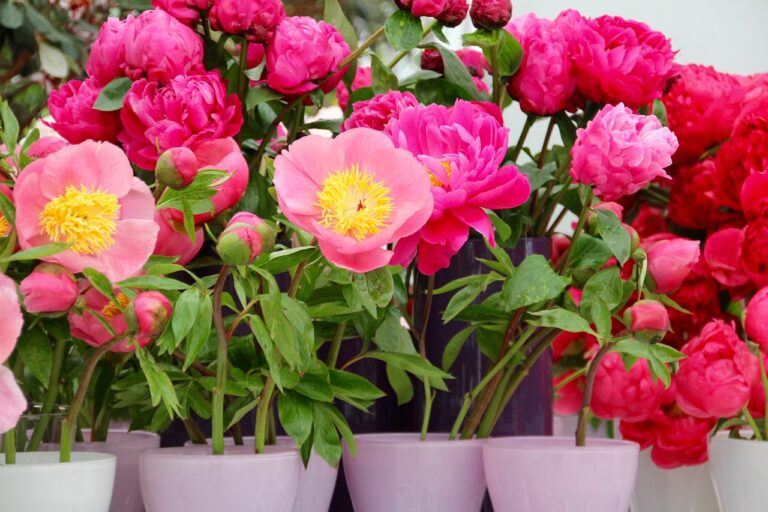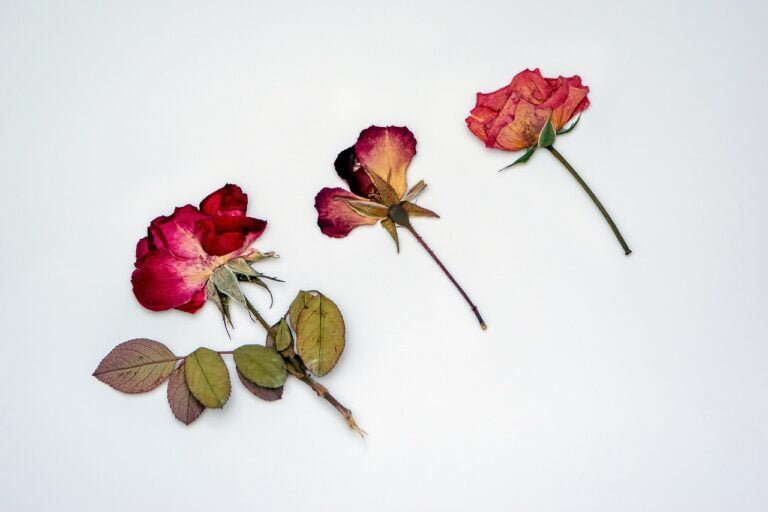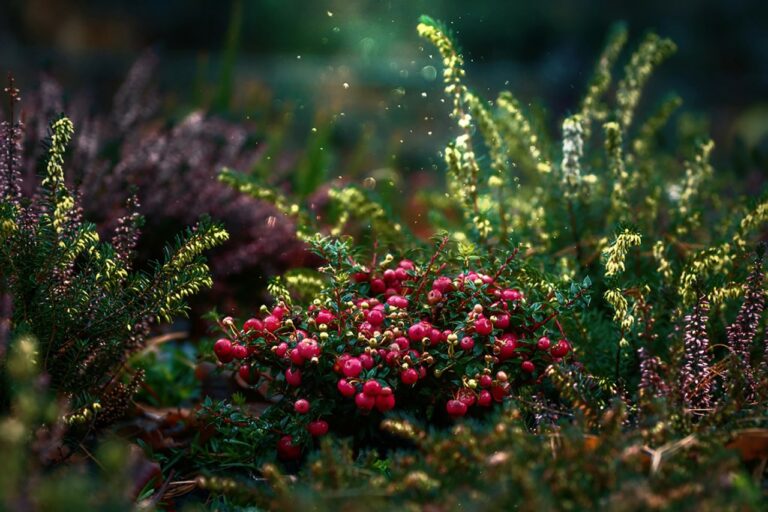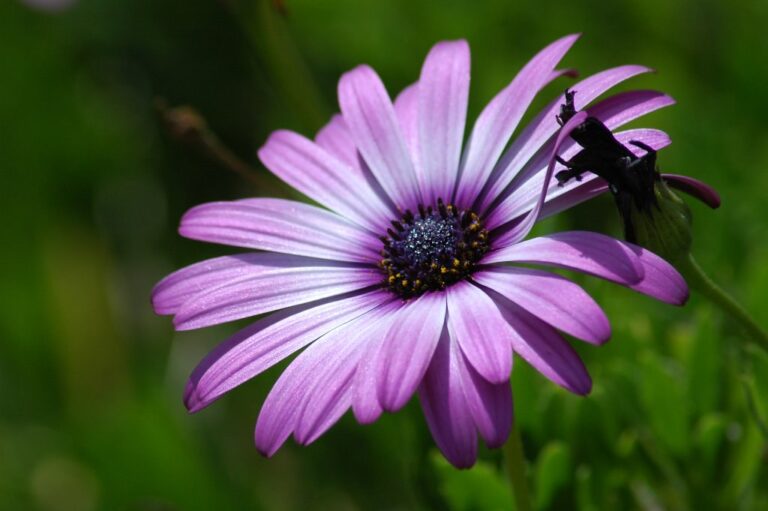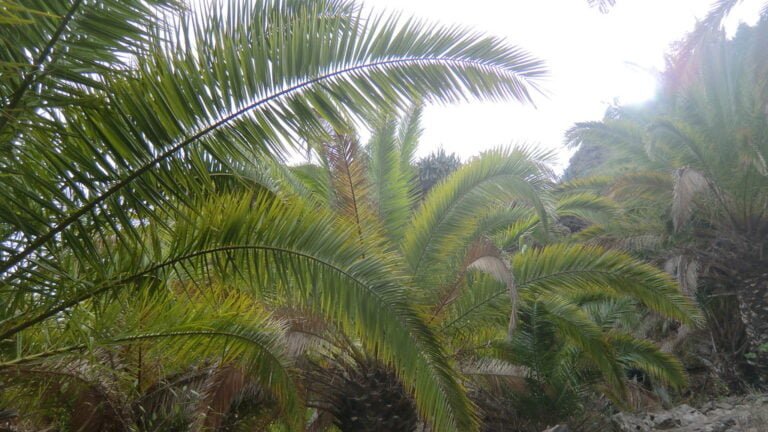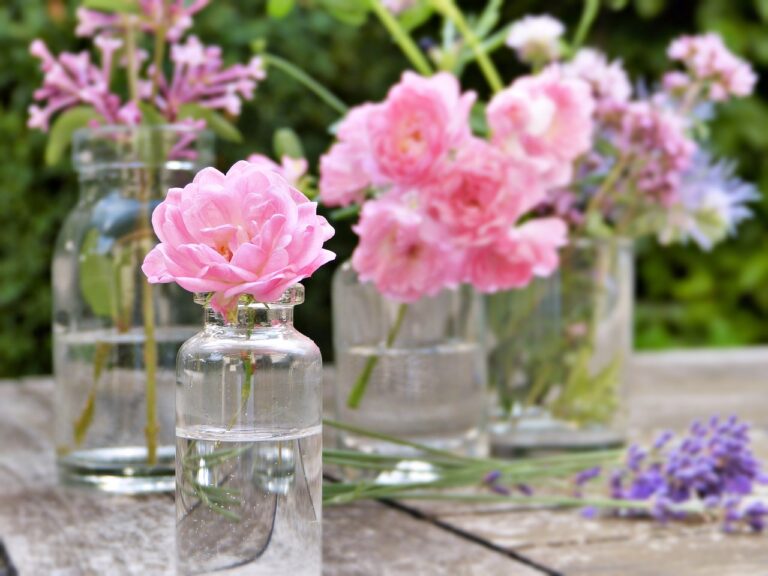Exploring Flowers With Black Centers: a Detailed Guide
Ready to delve into the captivating world of flowers with black centers? In this detailed guide, you'll discover the beauty and significance of these unique blooms. From identifying different types to caring for them and using them in stunning floral arrangements, you'll become an expert in no time. Get ready to attract pollinators and uncover fascinating facts about these enchanting flowers. Let's embark on this exciting journey of exploring flowers with black centers together!
The Fascinating World of Flowers
You frequently encounter a captivating array of flowers in your everyday life. Whether it's a vibrant bouquet on your kitchen table or a delicate bloom peeking out from a crack in the sidewalk, flowers have a way of captivating your attention and brightening your day. The fascinating world of flowers encompasses an incredible diversity of shapes, colors, and scents. From the elegant petals of a rose to the intricate patterns of a daisy, each flower holds its own unique beauty. As you take a closer look, you'll notice that some flowers have black centers, adding an intriguing touch to their overall appearance. These dark centers, also known as disc florets, serve a purpose beyond aesthetics. They are the reproductive organs of the flower, attracting pollinators and ensuring the continuation of their species. So next time you come across a flower with a black center, take a moment to appreciate the intricate design and the important role it plays in the flower's life.
Types of Flowers With Black Centers
As you delve deeper into the fascinating world of flowers, you'll discover an array of captivating blooms with black centers, each showcasing its own unique charm and role in the plant's reproductive process. One such flower is the Black-eyed Susan (Rudbeckia hirta), known for its striking yellow petals and dark brown to black center. This perennial wildflower attracts bees, butterflies, and other pollinators, contributing to the plant's reproduction through cross-pollination. Another flower with a black center is the Black Tulip (Tulipa 'Queen of the Night'). This stunning flower features velvety black petals and a deep purple-black center, creating a dramatic contrast. It adds a touch of elegance and mystery to any garden or floral arrangement. Other examples of flowers with black centers include the Black Hollyhock (Alcea rosea 'Nigra'), the Black Pansy (Viola 'Black Beauty'), and the Black Eyed Beauty Daisy (Rudbeckia fulgida 'Goldsturm'). Each of these flowers offers a distinct beauty and contributes to the diverse tapestry of the floral world.
How to Identify Flowers With Black Centers
To identify flowers with black centers, observe the coloration at the core of the blooms. The black center is often a prominent feature that adds depth and drama to the overall appearance of the flower. Look for flowers with dark, velvety centers that create a stark contrast against the surrounding petals. These centers can range from a deep, inky black to a rich, dark brown. Take note of the shape and size of the black center as well, as this can vary among different flower species. Some flowers may have a small, circular black center, while others may have a larger, irregularly shaped one. By paying attention to the color and characteristics of the center, you can easily identify flowers with black centers and appreciate their unique beauty.
The Significance of Black Centers in Flowers
Continuing our exploration of flowers with black centers, let's delve into the significance of these captivating features. The black centers in flowers, also known as disc florets, play a crucial role in attracting pollinators. They act as a visual cue, guiding insects and birds towards the nectar-rich rewards within the flower. The dark color of the center creates a striking contrast against the petals, making it easier for pollinators to locate the flower amidst a sea of colors. Additionally, the black center often contains the reproductive organs of the flower, such as the stamens and pistil, which produce the pollen and ovules needed for fertilization. So, next time you come across a flower with a black center, take a moment to appreciate its significance in attracting and sustaining the precious pollinators that contribute to the beauty and diversity of our natural world.
Popular Flowers With Black Centers
Now let's explore some popular flowers that possess black centers, adding to their allure and attracting a variety of pollinators. One such flower is the Black-Eyed Susan (Rudbeckia hirta). With its vibrant yellow petals and dark, almost black centers, this flower is a favorite among gardeners and nature enthusiasts alike. Another flower that stands out with its black center is the Black Hollyhock (Alcea rosea nigra). Its tall stalks are adorned with large, deep purple to black flowers that create a striking contrast against its green foliage. Lastly, the Black-eyed Susan Vine (Thunbergia alata) features small, trumpet-shaped blooms with black centers that cascade down vines, making it an excellent choice for hanging baskets and trellises. These flowers with black centers not only add visual interest to any garden but also provide a rich food source for pollinators, making them a delightful addition to any landscape.
Growing Flowers With Black Centers in Your Garden
Start growing flowers with black centers in your garden by selecting the right varieties that thrive in your specific climate and soil conditions. One popular option is the Black-eyed Susan, a hardy perennial that attracts butterflies and adds a vibrant touch to any garden. Another option is the Black Hollyhock, a tall and dramatic plant that blooms with dark, velvety flowers. For a more delicate touch, consider the Black Pansy, which features unique black centers surrounded by colorful petals. If you prefer a climbing plant, the Black Eyed Susan Vine is a great choice, with its black-centered yellow flowers cascading down trellises or fences. Lastly, the Black Coneflower is a stunning addition, with its bold black centers surrounded by purple petals. Whichever variety you choose, make sure to provide adequate sunlight, well-draining soil, and regular watering to help your flowers thrive. Happy gardening!
Caring for Flowers With Black Centers
To care for flowers with black centers, you should provide them with the necessary nutrients and water to ensure their health and vitality. These flowers, with their striking black centers, are unique and require specific care. Begin by selecting a well-draining soil that is rich in organic matter. This will provide the necessary nutrients for optimal growth. It is important to water these flowers regularly, but be careful not to overwater as this can lead to root rot. Deadheading spent blooms will encourage new growth and prolong the flowering period. Additionally, applying a balanced fertilizer every few weeks will further enhance their health. By providing the right conditions and care, you can ensure that these flowers with black centers thrive and bring beauty to your garden.
Using Flowers With Black Centers in Floral Arrangements
You can incorporate flowers with black centers into stunning floral arrangements. These unique blooms add a touch of depth and intrigue to any bouquet or centerpiece. One popular choice is the Black-eyed Susan, with its vibrant yellow petals and contrasting dark brown centers. This flower brings a burst of color to any arrangement and is perfect for adding a pop of contrast. Another option is the Black Hollyhock, with its tall stalks and velvety black centers. These dramatic flowers create a striking focal point in any arrangement. Lastly, the Black Pansy offers a delicate yet bold touch with its jet black center surrounded by petals of various colors. By incorporating flowers with black centers, you can create visually captivating arrangements that are sure to impress.
Attracting Pollinators With Flowers With Black Centers
To continue exploring the fascinating world of flowers with black centers, let's delve into how these unique blooms attract pollinators. Flowers with black centers have evolved various strategies to entice pollinators and ensure their reproduction. The dark color of the center acts as a visual cue, drawing the attention of pollinators such as bees, butterflies, and hummingbirds. These dark centers often contrast with the vibrant petals, creating an eye-catching display. Additionally, many flowers with black centers produce nectar, a sweet reward for visiting pollinators. This nectar serves as a valuable energy source, enticing pollinators to visit and ensuring the transfer of pollen from flower to flower. By providing both visual and olfactory cues, flowers with black centers optimize their chances of attracting pollinators, ultimately aiding in their own survival and ensuring the continuation of their species.
Interesting Facts About Flowers With Black Centers
One interesting fact about flowers with black centers is that they are not always naturally black. The black center, also known as the disc florets, is actually made up of tiny individual flowers tightly packed together. These individual flowers can vary in color, with some being yellow, orange, or even purple. The black color of the center is a result of pigmentation and is often enhanced by the presence of dark pigment cells. Another interesting fact is that flowers with black centers often attract a wide variety of pollinators, including bees, butterflies, and birds. This is because the dark color acts as a visual cue, attracting pollinators to the nectar-rich center. So next time you come across a flower with a black center, remember that its dark color is not always natural and that it serves an important purpose in attracting pollinators.
Conclusion
In conclusion, flowers with black centers add a touch of mystery and allure to any garden or floral arrangement. Their unique beauty and significance make them a fascinating subject for exploration. By learning how to identify and care for these flowers, you can create stunning displays that attract pollinators and bring joy to your surroundings. So, why not embrace the enchantment of flowers with black centers and let their captivating presence brighten your day?

